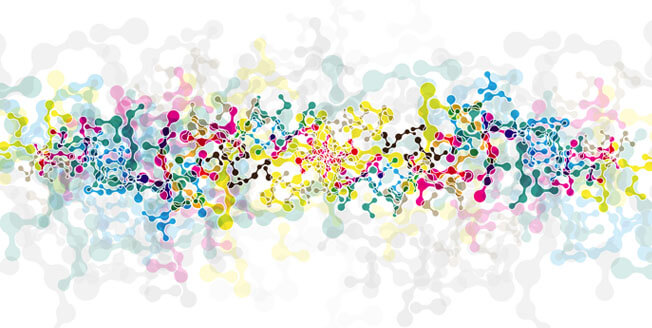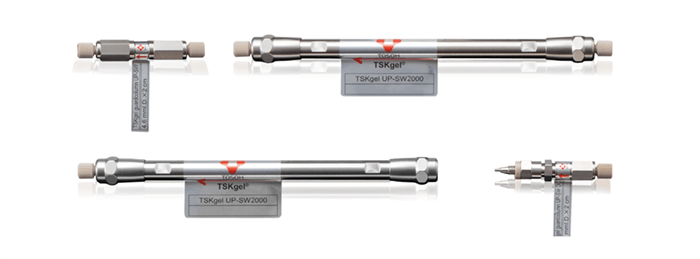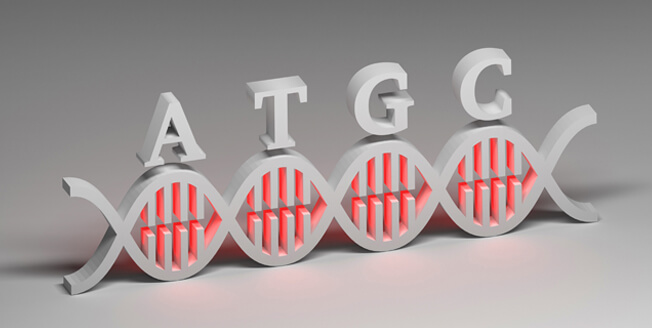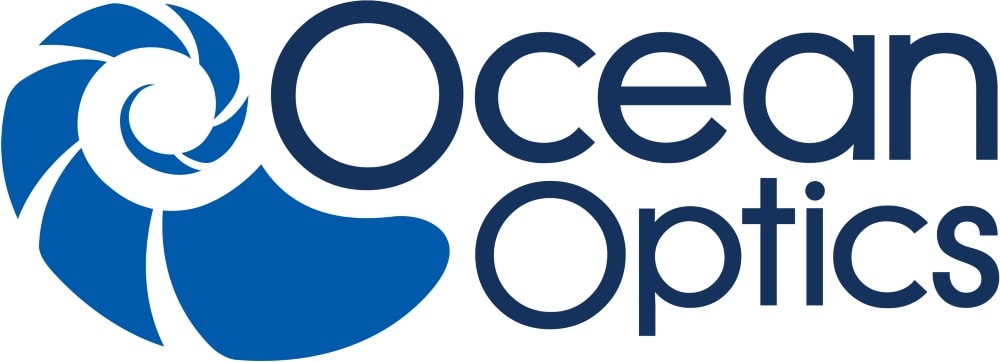The oligonucleotide therapeutics field has seen remarkable progress over the last few years and oligonucleotides are increasingly recognized as potential therapeutic agents for a variety of diseases. Ultra-high performance size exclusion chromatography can be used to analyze size heterogeneity of oligonucleotides.
Therapeutic oligonucleotides are produced through a synthetic solid-phase chemical synthesis. Despite improvements in oligonucleotide synthesis and clean-up, there will be some heterogeneity with regards to chain distribution. A new application note demonstrates that this heterogeneity can be monitored by using size-exclusion chromatography and UHPLC or UHPLC-MALS instruments. For this purpose, a new silica gel-based phase, TSKgel UP-SW2000, with a pore size of 12.5 nm was applied, which is also perfectly suited for the analysis of smaller proteins and peptide aggregates.

The oligonucleotide therapeutics field has seen remarkable progress over the last few years and oligonucleotides are increasingly recognized as potential therapeutic agents for a variety of diseases. Ultra-high performance size exclusion chromatography can be used to analyze size heterogeneity of oligonucleotides.


Therapeutic oligonucleotides are produced through a synthetic solid-phase chemical synthesis. Despite improvements in oligonucleotide synthesis and clean-up, there will be some heterogeneity with regards to chain distribution. A new application note demonstrates that this heterogeneity can be monitored by using size-exclusion chromatography and UHPLC or UHPLC-MALS instruments. For this purpose, a new silica gel-based phase, TSKgel UP-SW2000, with a pore size of 12.5 nm was applied, which is also perfectly suited for the analysis of smaller proteins and peptide aggregates.
Oligonucleotide-based therapeutics have made rapid progress in the clinic for treatment of a variety of disease indications. In recent years, several oligonucleotide drugs for gene silencing, such as short interfering RNA (siRNA) and antisense oligonucleotides (ASOs) have been approved and microRNA (miRNA) and aptamers are being developed as therapeutic platforms. The promising CRISPR-Cas system also requires a specific RNA moiety - guiding RNA - to recruit and direct the Cas nuclease activity.





